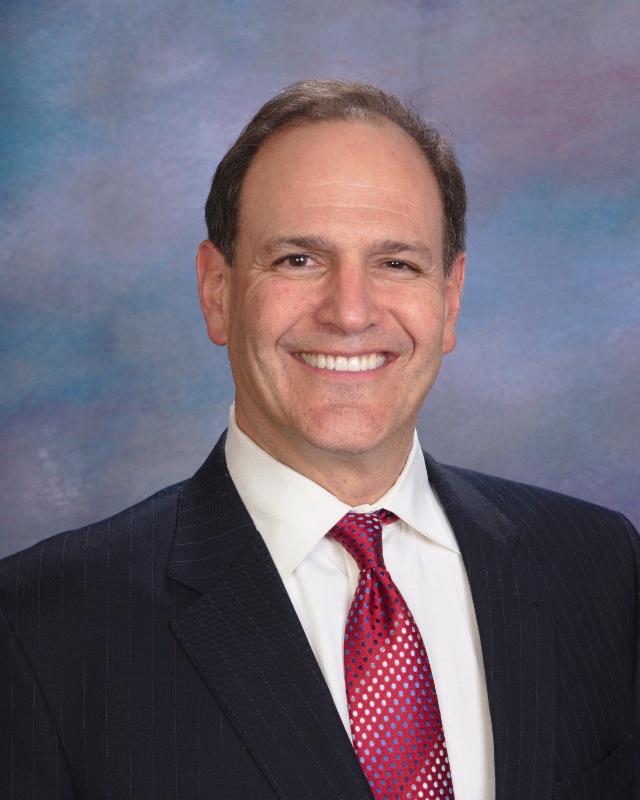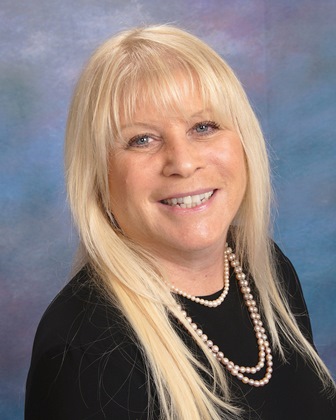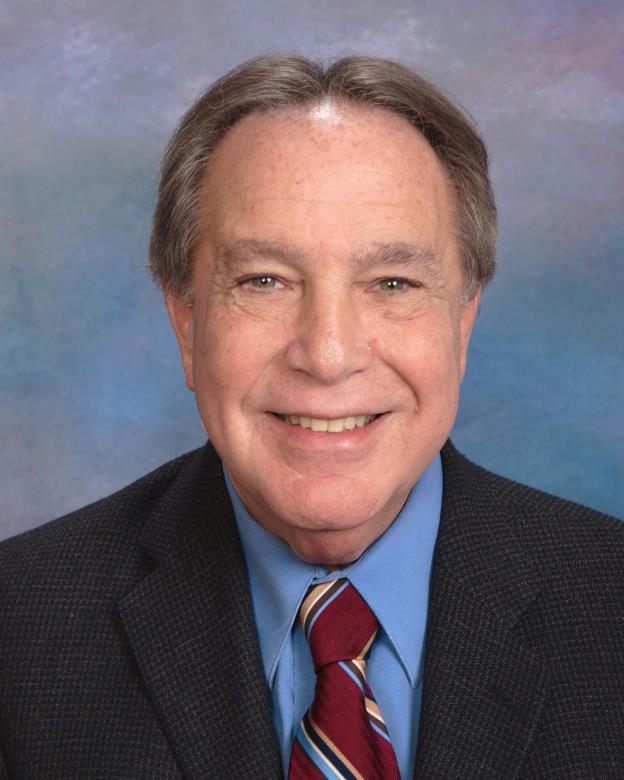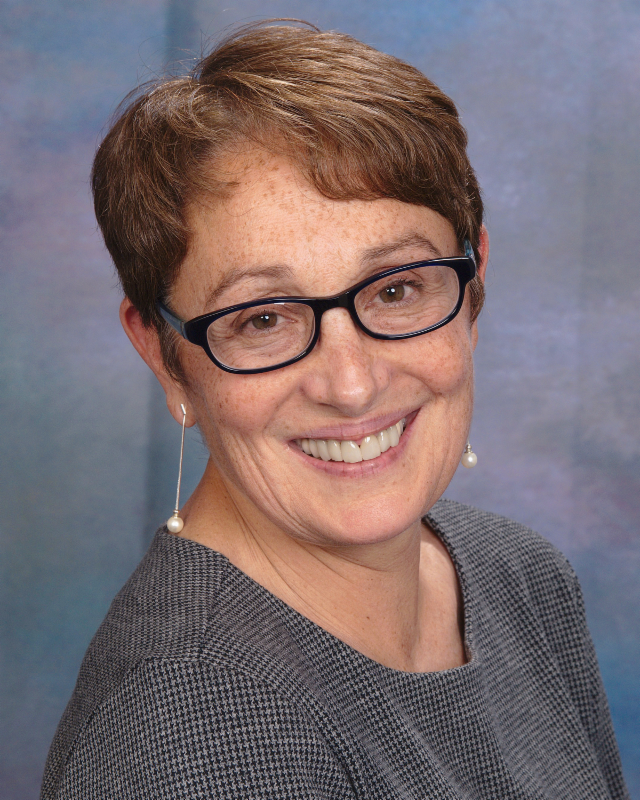 NEWS & VIEWS
NEWS & VIEWS
A Complimentary Newsletter from Med-Net Concepts, LLC
and its network of Independent Affiliated Companies
|
|
V
olume 1. Issue 1. September 2015
|
Welcome to the Initial Issue of NEWS & VIEWS
from Med-Net Concepts, LLC.
We are pleased to introduce you to this first issue of NEWS & VIEWS, a newsletter from Med-Net Concepts, LLC and its affiliates. We plan to bring to your attention news items that will be of interest to you and your staff as you manage the daily operations of your departments. We will have both short items of interest, as well as more substantive articles to help your facility in its mission to provide high quality healthcare to your residents.
In this initial and future issues you will find information from the Med-Net independent affiliates including Med-Net Compliance, LLC, Med-Net Healthcare Consulting, LLC, Med-Net Rehabilitation Solutions, LLC, Med-Net Pharmacy Solutions, LLC, Med-Net IPA, LLC, Med-Net Healthcare Staffing, LLC, Med-Net Risk Management, LLC and Med-Net Savings, LLC. We hope you will find our newsletter interesting and helpful.
|
|
Integration of Fraud and Quality of Care Programs
|
|
By: David S. Barmak, JD, CEO Med-Net Concepts, LLC
|

I was beginning to feel the tiring effects from maintaining a heightened alert for three days in a row at a client's skilled nursing facility during a New York regulatory agency audit and review. Crisscrossing the Hudson River every day was also a factor in how I felt.
I closed my eyes for a moment. The agency representatives were talking a language I have grown to understand and appreciate - "plan of correction" and "root cause analysis" and "quality measures" and "QAPI" among others. I could have easily imagined that I was with a New York State Department of Health surveyor; but when I reopened my eyes, I found myself with representatives from the New York State Office of Medicaid Inspector General's (NY OMIG) Compliance Program Review Department.
Interesting facts about NY OMIG:
-
New York and Arkansas are the only states to require Medicaid Compliance Programs (Arkansas models its requirements on New York);
-
New York's compliance program requirements are stricter than the federal government's compliance program requirements;
-
New York's "whistleblower" protection includes non-intimidation as well as the federal government's prohibition against non-retaliation;
-
New York does not require a compliance committee while the federal government does; and
-
New York OMIG will very shortly be auditing New York healthcare providers for federal Deficit Reduction Act compliance program requirements (as will all state fraud units).
One of the most interesting revelations arising from three days on-site with the NY OMIG - responding to their reviewers' requests and questions regarding various compliance program operational requirements - was their integration of compliance program expectations with quality assurance performance improvement program (QAPI) expectations. The Affordable Care Act requires skilled nursing facilities to create two programs: a compliance program designed to continually prevent and detect fraud, and a QAPI program to continually assess and improve quality of care.
From my perspective, compliance programs and QAPI programs are two sides of the same coin. Every quality measure and effort to provide quality care for our residents is underlain by a compliance requirement, (statutory, regulatory, court determined or best practices). It's really a fiction to separate the two programs from each other. The Compliance Committee must discuss the QAPI program, and vice versa. From an operational perspective, we must consider that these programs, while involving two different paths, both lead to the same mountain summit.
|
|
Pharmacy Cost Containment Tips
|
|
By: Helaine Dandrea, MS, President, Med-Net Pharmacy Solutions, LLC
|
 Cost containment is a very integral part of the ability to save money in your facility. If you have a fee for service contract with a long term care pharmacy be sure that all branded drugs that have generic availability are being filled as generic. If there are over the counter formulations of scripted drugs, check to see if you can use house stock
in lieu of having the pharmacy
fill these scripts. A good example is Omeprazole 20 mg capsules. As long as your resident is not on a G tube, the Omeprazole 20 mg capsules can be substituted for Omeprazole 20 mg tablets, which is over the counter and can be part of your house stock. For per diem contracts, check the exclusion list to be sure that branded drugs that have become generic are being dispensed. There is a significant price difference between the same drug dispensed as generic instead of brand. You should request an updated exclusion list as drugs become available as generics. Ask the pharmacy when a drug becomes generic, at what point does it become part of the per diem. Staying on top of your pharmacy bill can save your facility a significant amount of money over the course of a year. For more information regarding this article, call 609-454-5020 or email info@mednetconcepts.com.
Cost containment is a very integral part of the ability to save money in your facility. If you have a fee for service contract with a long term care pharmacy be sure that all branded drugs that have generic availability are being filled as generic. If there are over the counter formulations of scripted drugs, check to see if you can use house stock
in lieu of having the pharmacy
fill these scripts. A good example is Omeprazole 20 mg capsules. As long as your resident is not on a G tube, the Omeprazole 20 mg capsules can be substituted for Omeprazole 20 mg tablets, which is over the counter and can be part of your house stock. For per diem contracts, check the exclusion list to be sure that branded drugs that have become generic are being dispensed. There is a significant price difference between the same drug dispensed as generic instead of brand. You should request an updated exclusion list as drugs become available as generics. Ask the pharmacy when a drug becomes generic, at what point does it become part of the per diem. Staying on top of your pharmacy bill can save your facility a significant amount of money over the course of a year. For more information regarding this article, call 609-454-5020 or email info@mednetconcepts.com.
|
|
Surveyors Have Been Testing Random Samplings of Hot Liquids
|
|
By: Marshall Goldberg, LNHA, President, Med-Net Healthcare Consulting, LLC
|
 Nursing homes have recently been receiving IJ deficiencies on state department of health surveys because of the temperature of liquids, specifically the high temperature of coffee. Coffee is best served to your residents at 155 F to 175 F. Many people will prefer it at the higher end of the temperature spectrum, would be 175 F. However, you do have to take into consideration the many lawsuits that have been filed over the years, including a customer suing McDonald's because of burns suffered from spilled hot coffee. According to that lawsuit McDonald's served coffee at 195 to 205 F. That was significantly higher than optimal safe coffee range. McDonald's did recommend that its restaurants prepare coffee at 180 F to 190 F. McDonald's lost the lawsuit because the coffee at that particular restaurant was too hot and did scald the customer when she spilled it on herself. Coffee temperatures need to be logged especially when coffee is available independent of the service of a dietary employee. Lesson to be learned - serve coffee at safe temperature regardless of a resident's preference.
Nursing homes have recently been receiving IJ deficiencies on state department of health surveys because of the temperature of liquids, specifically the high temperature of coffee. Coffee is best served to your residents at 155 F to 175 F. Many people will prefer it at the higher end of the temperature spectrum, would be 175 F. However, you do have to take into consideration the many lawsuits that have been filed over the years, including a customer suing McDonald's because of burns suffered from spilled hot coffee. According to that lawsuit McDonald's served coffee at 195 to 205 F. That was significantly higher than optimal safe coffee range. McDonald's did recommend that its restaurants prepare coffee at 180 F to 190 F. McDonald's lost the lawsuit because the coffee at that particular restaurant was too hot and did scald the customer when she spilled it on herself. Coffee temperatures need to be logged especially when coffee is available independent of the service of a dietary employee. Lesson to be learned - serve coffee at safe temperature regardless of a resident's preference.
|
|
By: Rona Wiedmayer, MA., CCC-SLP, President, President, Med-Net Rehabilitation Solutions, LLC
|

I wish I were talking about the movie. Alas, I am referring to the CMS Five-Star Quality Rating System. As anyone in our business knows, the primary goal of this rating system is to provide residents and their families with an easy way to understand assessment of nursing home quality, making meaningful distinctions between high and low performing nursing homes. Earlier this year , CMS made substantial changes to the Five Star Quality Rating System which overnight may have caused a significant reduction in a facility's star rating as it appears on CMS's Nursing Home Compare. The fact is, it happened to more than just a few. One of the areas that stand out in the world of post-acute healthcare is when you see the word QUALITY and it's followed by MEASURES (QM).
These 11 measures are broken out into QM's for short stay residents and long-stay residents. Two new measures for the use of antipsychotic medications (1 for short stay residents and 1 for long stay residents) were incorporated as of February 2015. So where am I going with this?
- How do we improve our performance and improve our star rating within the quality domain?
- If we are already a five star facility within the quality domain, how do we stay there?
I have overheard everything. From the CNAs and nurses that don't document well enough which results in the Minimum Data Set (MDS) being coded incorrectly to "of course nursing home residents are going to have some of these - that's why they're in a nursing home". This is where we are missing the boat. Our facility's performance on anything related to quality must be a team approach. In this case, I am referring to involving your therapy department.
What
is the screening protocol in your facility? Who does therapy screen? When do they screen them and WHAT are they screening them for? And most importantly, can a recommendation be made from a screen? I will answer the last question as this is an area that cannot vary from facility to facility; and the answer is NO. A therapist cannot make a recommendation from a screen other than the skills of a therapist are needed to determine the resident's current level of function through an evaluation. Only a comprehensive evaluation determines whether a therapy regimen would either improve the resident's abilities and therefore quality of life or the need for establishment of a functional maintenance plan to keep that resident at his/her highest practical level.
Do the Rehabilitation Director and the therapist know what a Casper Report is? If they don't, they need to. Do they receive this report regularly? What do they do with it? They should know which quality measures a resident is being screened for. This is important especially with your long term care residents. These are the residents who screen after screen indicate that no therapy intervention is warranted. These are the residents that are in need of some type of service to meet OBRA guidelines.
Many of the quality measures relate specifically to an area that therapy can and should impact. Therapy may in fact be seeing the resident but are their goals addressing the triggered quality measure? If there are no such goals in the Plan of Care, there must be.
Short-Stay Residents
- Residents with pressure ulcers (sores) that are new or worsened- does the resident have positioning and related Occupational Therapy goals. Speech Therapy may be involved with pressure ulcer residents if they are nutritionally compromised due to a swallowing disorder.
- Residents who self-report moderate to severe pain - does the resident have a pain medication regime and are there Physical Therapy and Occupational Therapy goals to address this?
Long-Stay Residents
- Residents whose need for help with activities of daily living has increased- this SCREAMS Occupational Therapy.
- Residents with high risk of pressure ulcers-see above under short stay residents.
- Residents who are physically restrained- Has Physical Therapy and Occupational Therapy treated to determine with the interdisciplinary team the least restrictive device?
- Residents who self-report moderate to severe pain-see above under Short Stay Residents.
- Residents experiencing one or more falls with major injury. Hopefully your Physical Therapist is screening all residents who fall and placing on program anyone with multiple falls before sustaining a major injury.
Incorporating and focusing therapy on the above is a good place to start to focus the interdisciplinary team on specific quality measures. Keeping therapy involved in caring for residents is equally important and this can be challenging if therapists are not used to seeing residents throughout their disease course.
There are other quality measures I have not listed that therapy can impact. Rest assured CMS will continue to add and update quality measures. CMS will continue on the path of pay for outcomes (hint hint: look at the new section gg on the upcoming MDS).
If your facility does not have what you feel is a well-defined, effective screening protocol or your therapy department is in need of education as to their role and responsibilities with respect to quality measures, please contact Rona Wiedmayer, MA., CCC-SLP, President, Med-Net Rehabilitation Solutions, LLC, for more information at rwiedmayer@mednetconcepts.com or call 609-454-5020.
|
|
Court Sides with Nursing Home That Fired Worker for Refusing to Pray
|
By: Jo Ann Halberstadter, General Counsel and Courtney Babo, Client Relations,
Med-Net Compliance, LLC
|

An activities aide at a nursing home in Mississippi refused to pray the rosary when asked by a resident to pray with her. Five days later the nursing home fired her for insubordination. The aide told the supervisor that repetitive praying is against her religion after she was fired. She said that as a former Jehovah's Witness, she still followed the beliefs of that faith, including the avoidance of repetitive prayers. The aide sued, and a lower court ruled that the nursing home unlawfully fired her based on her religious beliefs. The nursing home appealed to the Fifth Circuit Appeals Court, which reversed the lower court, holding that the nursing home acted lawfully because it did not know about her religious beliefs until after she was fired.
The U. S. Fifth Circuit Court of Appeals Judge, E. Grady Jolly stated, "We simply cannot find evidence that the activities aide ever advised anyone involved in her discharge that praying the rosary was against her religion" prior to her termination.
|
|
Med-Net Concepts, LLC Affiliates
|
STAY CONNECTED


|
|
|
|
|